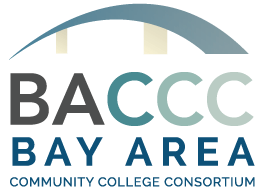Apprenticeship - Funding a Regional Director
Apprenticeships are growing in importance to industry and our workforce development system here in California. The Chancellor’s office has shown it’s support of apprenticeships through continuing CAI grants, and the governor’s office has set a goal of 500,000 apprentices by 2029. To reach this goal, the colleges will need help.
- Increase apprenticeship enrollment in college programs
- Assist industry in establishing apprenticeships
- Develop new apprenticeship programs
- Increase student employment in living wage jobs
Full Project Details










